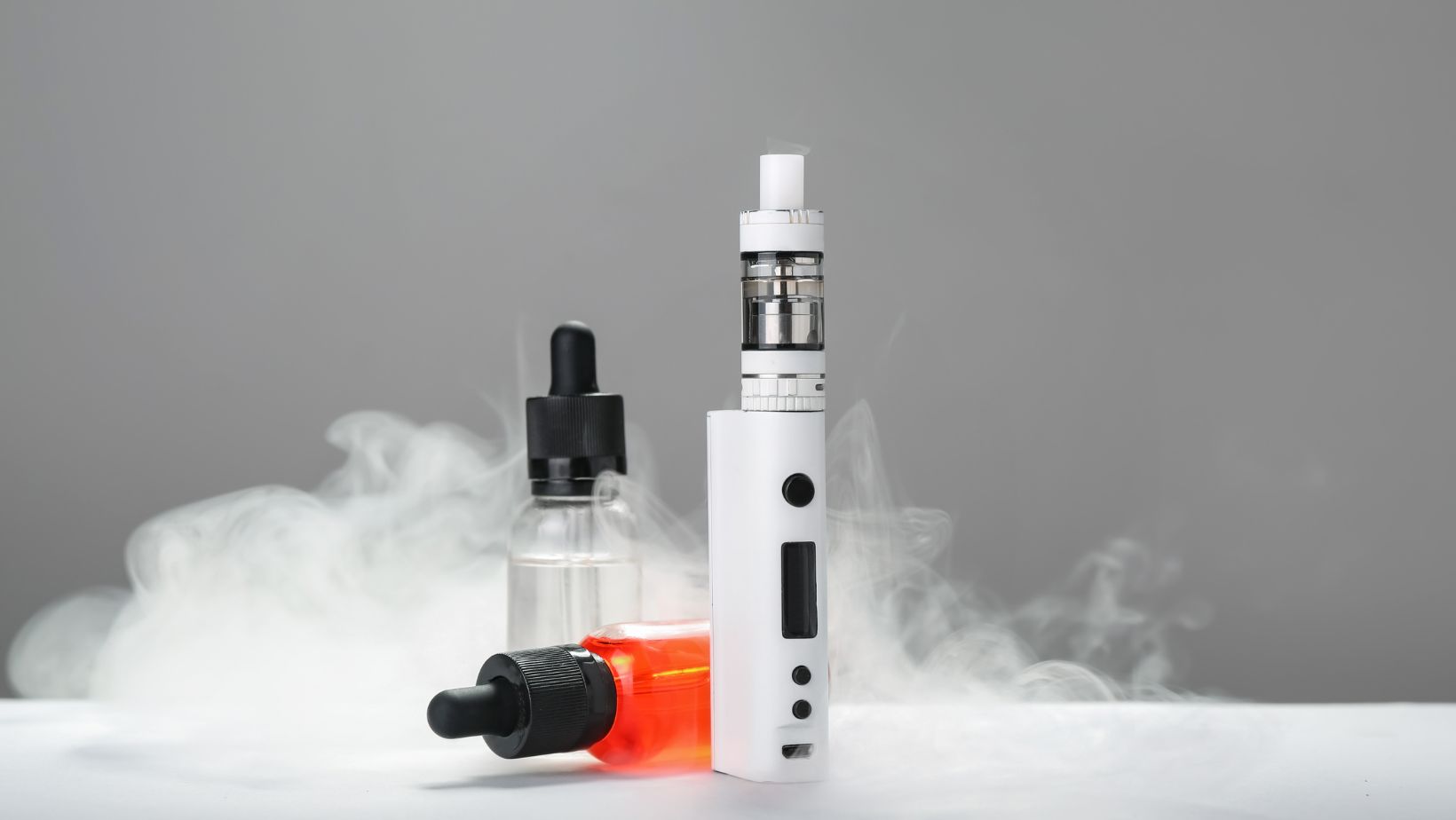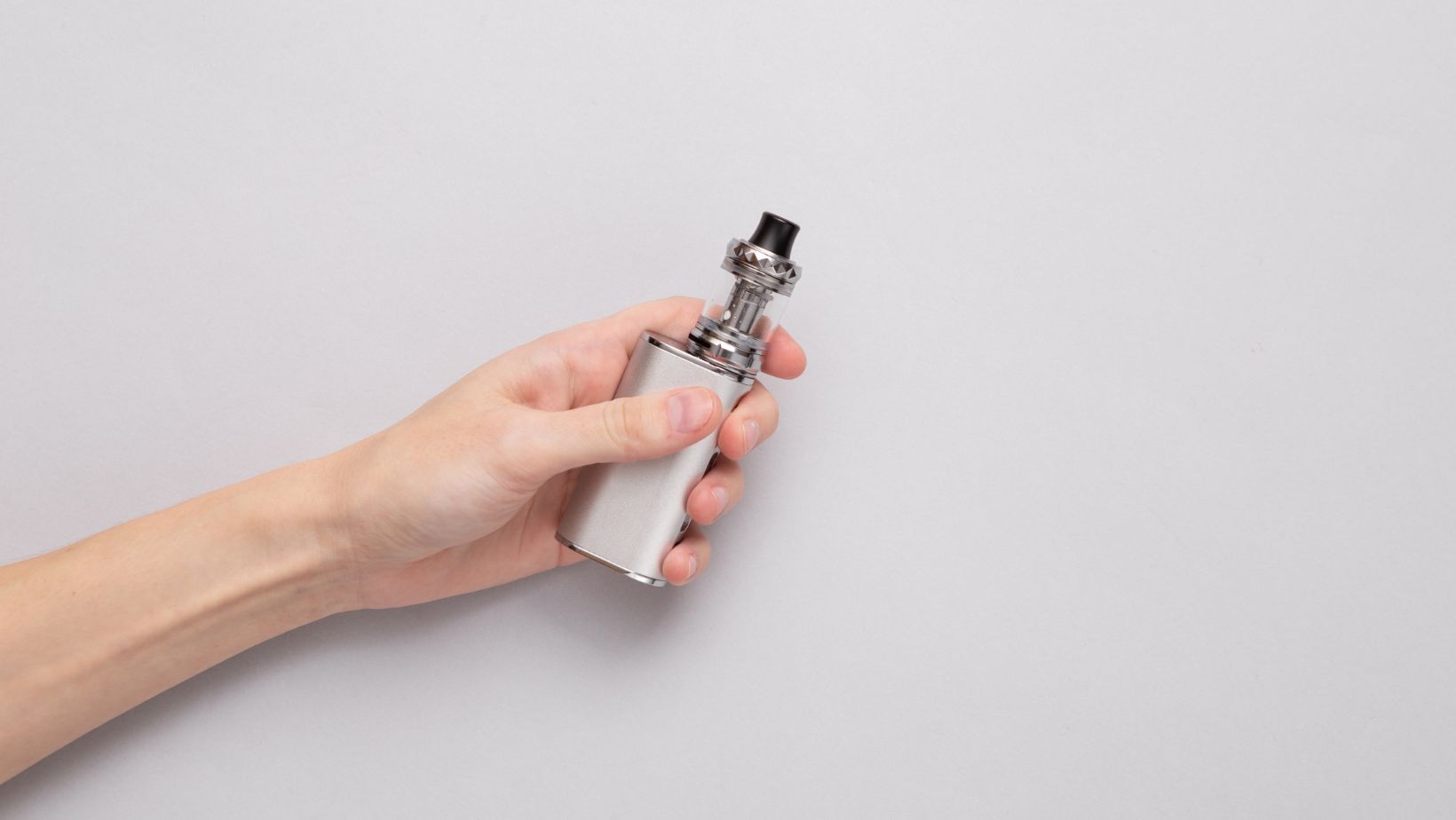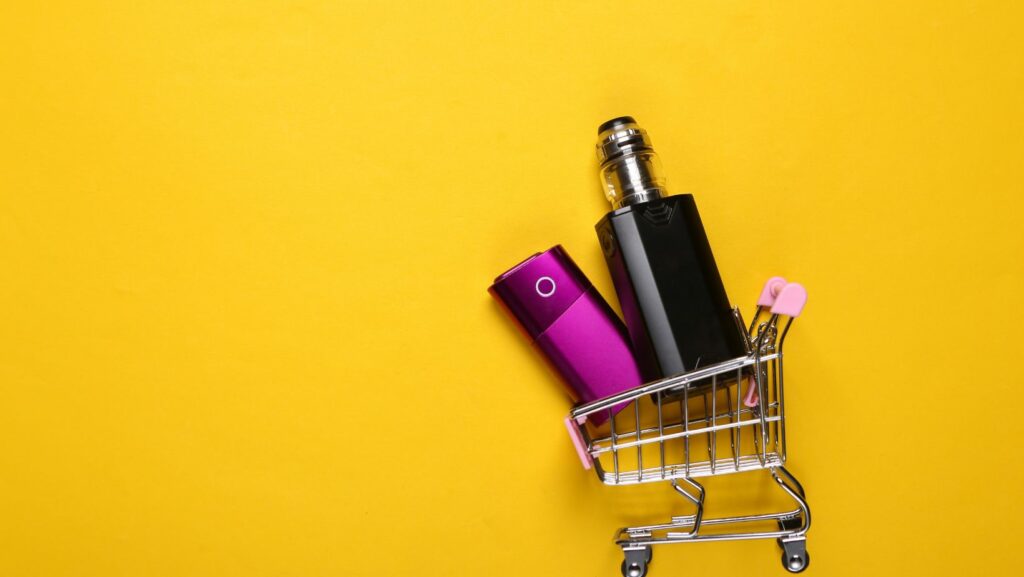You’re standing at the counter. Behind the glass: sleek dry herb vaporizers on one side, high-tech concentrate rigs and pens on the other. Both promise smoother hits, better flavor, and a break from combustion. But which one fits your needs, your budget, your daily rhythm?
Vaporization has grown from a niche into a full-blown category, and with legalization expanding across North America, so has the variety of formats. Flowers aren’t the only thing in the bowl anymore. Shatter, wax, rosin, live resin, and distillate now dominate the modern vape market — bringing with them new gear, new rituals, and new considerations. For those ready to upgrade their setup or explore the latest innovations, it’s easier than ever to purchase bongs online—offering everything from classic glass to cutting-edge designs, delivered discreetly right to your door.
So let’s break this down the way smart cannabis journalism should: by delivery format, device type, real-world experience, and long-term value.
What Are We Talking About?
Dry herb vaporizers are designed to gently heat ground cannabis flower to a temperature that releases cannabinoids and terpenes as vapor — typically between 350°F and 400°F. The flower remains intact (albeit brown and spent), never combusts, and produces vapor rather than smoke.
Concentrate vaporizers — also known as dab pens, wax pens, or e-rigs — vaporize cannabis extracts, which can contain THC concentrations upwards of 60% to 90%. These include live resin, rosin, wax, budder, and distillate. Because of their potency, concentrate vapes deliver faster onset, denser clouds, and a more intense experience.
So what’s better? It depends. Let’s dig into the core variables.
Flavor and Experience
If you’re after nuanced flavor and the full aromatic bouquet of the plant, flower generally wins. Dry herb vapes preserve a wider range of terpenes — the compounds responsible for the plant’s scent and subtle effects. Because the heat is lower and there’s no combustion, you’re inhaling fewer degradation byproducts.
That said, concentrates aren’t lacking in taste. Live resin and rosin — especially when made from fresh-frozen plants — can deliver terpene-rich profiles, albeit with a heavier punch. If your priority is getting lifted quickly and efficiently, concentrates are the express train.
From a scientific lens, Dr. Jeffrey Raber of the Werc Shop has noted that the “entourage effect” — the synergistic interplay of cannabinoids and terpenes — may be more intact in whole flower than in isolated or highly processed concentrates. Translation: full-spectrum flower might offer a more balanced high, while concentrates deliver rocket fuel.
Potency and Tolerance
Let’s be honest: if you’ve built up a heavy tolerance, dry herb may not cut it. Most flower caps out around 30% THC. Concentrates routinely reach 70% and up, making them ideal for seasoned users, medical patients with high cannabinoid needs, or anyone seeking strong effects in small doses.
But that potency comes with a tradeoff. A 2020 study in JAMA Network Open found that concentrate users had significantly higher blood THC levels than flower users — yet reported similar levels of intoxication. That suggests a kind of diminishing return: more THC doesn’t always equal a better or longer high. And for new users, it can mean overshooting the mark quickly.
Ease of Use and Maintenance
Here’s where dry herb pulls ahead — slightly. Most flower vapes are load-and-go: grind, pack, heat, inhale. Cleanup involves brushing out spent bud and wiping down chambers. Brands like Pax, DaVinci, and Arizer have refined this process into a daily ritual that’s quick and clean. 
Concentrate vapes come in more shapes and sizes — and that means more complexity. You’ve got coil styles, atomizers, variable voltage, and sometimes torches and carb caps if you’re going the manual route. Devices like the Puffco Peak and Dr. Dabber Boost bridge the gap, offering a button-push dab experience. But with all that melted wax and sticky residue, cleaning becomes a chore.
Still, for people who microdose throughout the day, oil pens (like 510-thread batteries with prefilled carts) are hard to beat for ease and discretion. Just inhale, pocket, and move on.
Portability and Discreetness
Here’s the truth: no dry herb vape is as low-profile as a cartridge pen. Even the smallest flower vaporizers (like the Pax Mini or Dynavap) require more prep and emit a more noticeable aroma. And while the vapor smells better than smoke, it’s not odorless.
Concentrate pens and carts offer near-invisible clouds and practically no scent trail. They also heat faster and fit in a jeans pocket without a second thought. For on-the-go professionals, apartment dwellers, or travelers looking to keep a low profile, concentrate vapes offer convenience in spades.
Cost Considerations
Flower vapes typically cost $100–$300 depending on features. Concentrate e-rigs and pens range from $30 to $400 or more for luxury setups like the Puffco Peak Pro.
But that’s just the upfront. Over time, flower is generally more affordable per session. An eighth of good flower ($30–$50) lasts longer in a vape than a gram of live resin ($40–$70). However, if you’re microdosing or using small dabs, concentrates can stretch farther than you think.
Keep in mind: flower vapes require regular restocking of buds. Concentrate users also need to replace coils or atomizers periodically — another hidden cost.
Health and Legal Implications
Both formats avoid combustion, which reduces the intake of harmful byproducts like tar and carbon monoxide. That’s a win. But concentrates — especially low-quality ones — can carry residual solvents or cutting agents if not properly manufactured. Always buy lab-tested extracts from licensed producers.
Legally, some states differentiate between flower and concentrates. While flower is often legal for adult use, certain jurisdictions impose stricter possession limits or restrictions on THC concentration levels in extracts. Know your local laws before buying.
So Which Is Right for You?
Let’s simplify:
Choose dry herb vapes if you:
- Prefer the full plant experience with nuanced flavor.
- Want easier maintenance and lower daily costs.
- Are new to cannabis or enjoy low to moderate effects.
- Use cannabis medically and value precise dosing.
- Don’t mind a slightly larger device or stronger aroma.
Choose concentrate vapes if you:
- Have a higher tolerance or want a stronger effect.
- Prioritize discretion and portability.
- Need fast relief in small doses.
- Enjoy modern tech and don’t mind a little cleanup.
- Use live resin, rosin, or distillate as your primary format.
Final Hit: Fit the Format to Your Life
Vaping isn’t about flower versus extract. It’s about choosing the format that best fits your rhythm, needs, and preferences. Some people swear by their Mighty+ for morning microdoses. Others rely on a discreet Pax Era or a Peak rig to unwind without combustion.
Either way, cannabis consumers today are lucky: there’s never been more choice, more tech, or more clarity around formats. Take advantage. Ask questions. And remember — it’s not the gadget that makes the experience. It’s how well it supports the journey you want.

